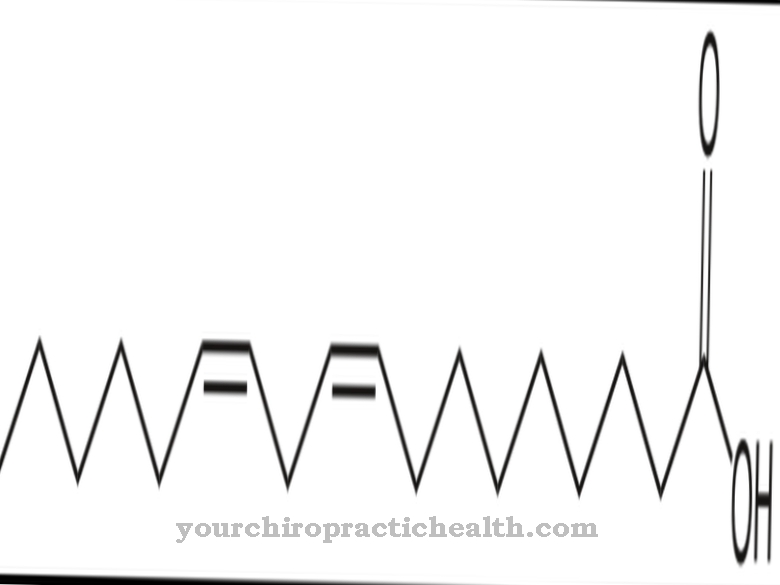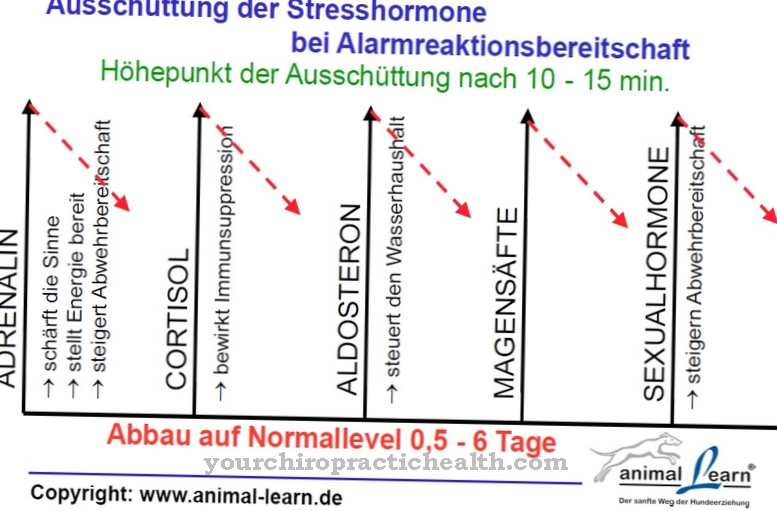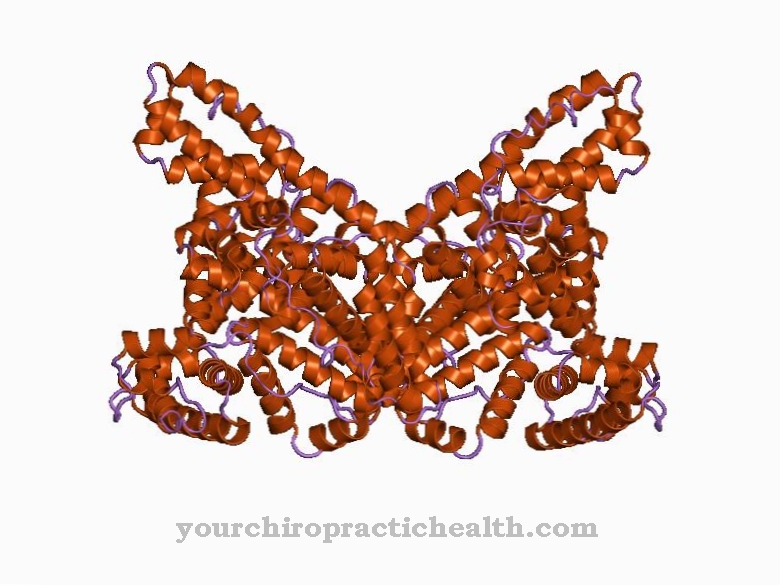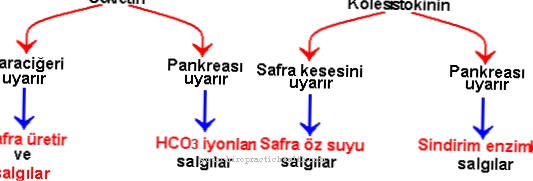Glutamine is a non-essential proteinogenic amino acid. It plays a central role in all metabolic processes and in the structure of proteins. Glutamine is most common in the free pool of amino acids.
What is Glutamine?
Glutamine is a non-essential amino acid which, in addition to the amino group characteristic of amino acids, also contains an acid amide group. Non-essential means that it can be synthesized in the body. In its L-form it is a proteinogenic amino acid.
In the following, when glutamine is mentioned, this is always L-glutamine meant. In the pool of free amino acids, glutamine has the highest proportion with 20 percent. One of its main functions is to act as an amino group donor. That said, glutamine is responsible for the transfer of amino groups. Furthermore, glutamine is closely related to the amino acid glutamic acid. The difference between the two compounds is that glutamine contains an acid amide group instead of the acid group of glutamic acid. When amino groups are transferred, the two amino acids are constantly converted into one another.
In its free form, glutamine is a colorless, crystalline solid with a melting point of 185 degrees. It is moderately soluble in water, but insoluble in alcohols and some other organic compounds. Since the hydrogen ion of the acid group migrates to the amino group, glutamine is present as a zwitterion. Outwardly, however, it appears neutral because the positive and negative charges lie within the same molecule.
Function, effect & tasks
Glutamine takes on important functions in the organism. It occurs as a metabolite in almost all metabolic processes. It is an essential component of almost all proteins. Its proportion is particularly high in the muscle cells.
Furthermore, its need in very metabolically active tissues is greatly increased. This is especially true for tissues and cells with a high profiling rate. Since the immune system has to constantly form new cells to defend itself against germs, a particularly large amount of glutamine is needed for protein synthesis. The need is also extremely high for trauma, injuries and serious infections. However, since the production of glutamine does not increase, its content in the free amino acid pool drops dramatically under these conditions.
Another function is the above-mentioned transfer of amino groups from molecule to molecule. When amino acids are broken down, glutamine transports the amino group to the liver, where it is broken down into ammonia and excreted via the kidneys. In the muscle cells, glutamine ensures that water is retained in the cells during physical exertion. This is considered to be a signal for the construction of proteins so that anabolic processes are initiated. As a result, muscle building is significantly supported by glutamine. Glutamine also fulfills important functions in the nervous system.
The chemically related compound glutamic acid (glutamate) acts as a neurotransmitter. After conduction of excitation, glutamate is transported from the synaptic cleft into the glial cells. To be taken up again in the synaptic neurons, glutamate must first be converted into glutamine. There, glutamine is converted back into glutamate. It was also found that glutamine increases memory performance. Among other things, it also promotes the formation of the neurotransmitter GABA, which inhibits the transmission of stimuli in the nerve cells. Therefore, it also acts as a sedative and allows the body to cope better with stressful situations.
Education, occurrence, properties & optimal values
Glutamine is constantly being synthesized from other amino acids in the human organism. The essential amino acids leucine and valine are essential for its biosynthesis. Together with isoleucine, both amino acids represent the BCAAs as a mixture of essential amino acids, which are very important for muscle building.
With a sufficient and balanced diet, the need for BCAAs and thus glutamine should be covered. In some situations more glutamine is consumed than can be produced at the moment. However, a greatly reduced concentration does not increase the glutamine production in the body. Then it should be taken in more intensely through food. Quark, soybeans, wheat flour and meat are particularly rich in glutamine.
You can find your medication here
➔ Medicines for muscle weaknessDiseases & Disorders
It has been found that in severe illnesses such as pancreatitis or severe infections, the concentration of free glutamine in the amino acid pool drops dramatically. The same applies to trauma and injuries. In these cases, the body has a greater need for glutamine due to the large number of new cells that are formed.
However, its biosynthesis does not increase. The high content of glutamine is a precautionary measure of the body in order to survive the severe health crisis. Sufficient glutamine should be supplied through the diet in these situations. It has not yet been possible to conclusively clarify whether an additional dose is useful. There are contradicting study results on this. The additional administration of glutamine in seriously ill patients with multiple organ failure showed no effect or even an increased mortality rate.
The organism may also be able to adapt to low glutamine concentrations. Symptoms of poisoning may even occur in this group of patients when the dose is increased. An additional dose in healthy people usually has no negative consequences. It is recommended to take it to increase memory performance and build muscle. However, it should always be remembered that taking it can be counterproductive for people at risk with serious illnesses.
However, glutamate should also be considered in connection with glutamine. As glutamic acid, glutamate is an amino acid related to glutamine. Increased intake of glutamate can lead to tingling in the throat, hot flashes, nausea and even vomiting. Because Chinese foods are particularly heavily spiced with glutamate, these symptoms are known as China Restaurant Syndrome.












.jpg)



.jpg)










.jpg)
